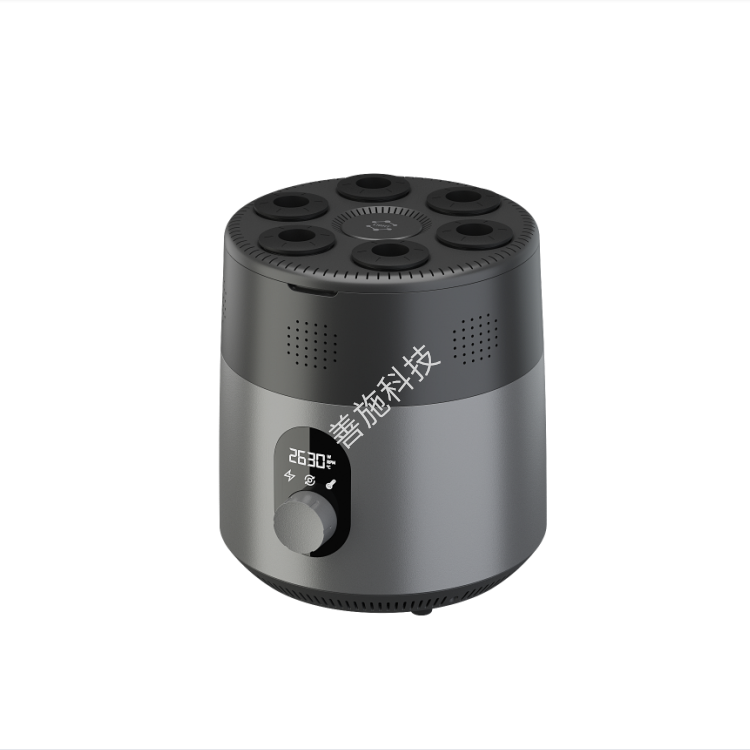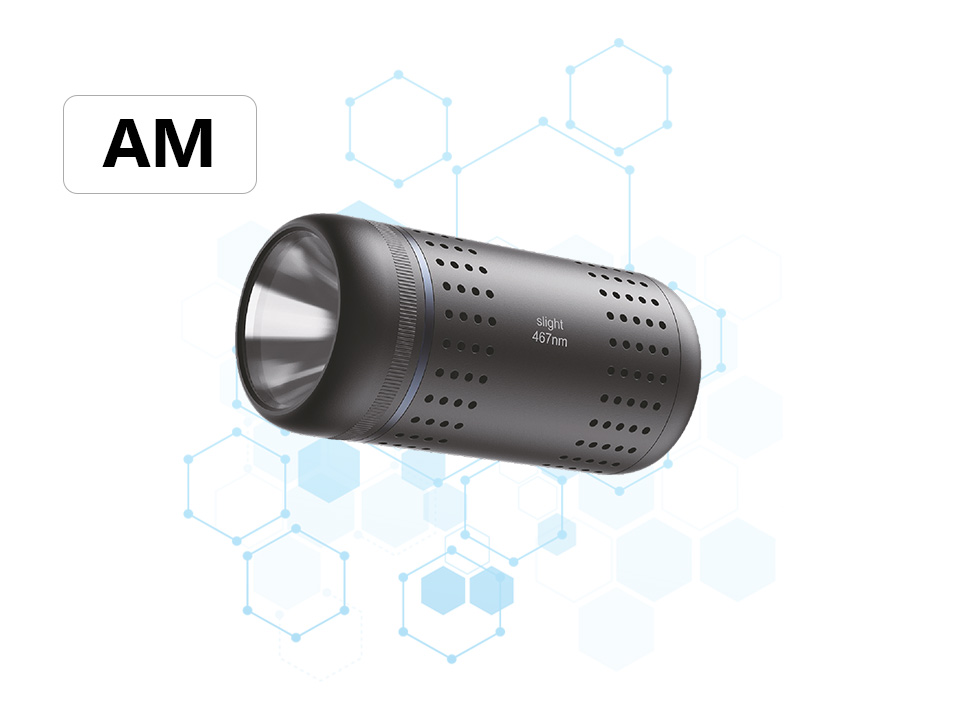Working principle, product features and advantages of LED photochemical reactor

Working Principle
The LED photochemical reactor utilizes light-emitting diodes (LEDs) as its core light source to initiate photochemical reactions by exciting photosensitive substances (e.g., photocatalysts, dye molecules) within the reaction system with specific wavelengths of monochromatic light. Its mechanism is based on fundamental photochemical processes: high-energy photons emitted by the LED are absorbed by reactants, promoting electrons to excited states and triggering bond cleavage, isomerization, or energy transfer. This enables chemical synthesis, pollutant degradation, or catalytic transformations. Compared to conventional light sources (e.g., mercury lamps, xenon lamps), LEDs offer precise wavelength control, adjustable light intensity, and low energy consumption, allowing customization for diverse reaction requirements (e.g., UV, visible, or near-infrared light) while significantly enhancing reaction selectivity and efficiency.
Product Features
Precise Wavelength Control: LEDs deliver narrow-bandwidth light output with excellent monochromaticity, minimizing side reactions caused by broad-spectrum traditional sources and improving target product purity.
Energy Efficiency: LEDs achieve >50% photoelectric conversion efficiency, consuming only 1/5 the energy of mercury lamps, with instant start-up and no warm-up time.
Long Operational Lifespan: LEDs offer over 50,000 hours of service life, reducing replacement costs and maintenance frequency.
Modular Design: Supports multi-wavelength combinations, adjustable light intensity gradients, and rapid reactor interchangeability to accommodate varying experimental scales.
Safety and Environmental Friendliness: Mercury-free operation, low heat generation, reduced cooling system requirements, and minimized thermal interference in reaction systems.
Core Advantages
The LED photochemical reactor enables highly reproducible reaction conditions through precise photonic control, making it ideal for cutting-edge research in photocatalysis, organic synthesis, and environmental remediation. Its energy-saving design and longevity substantially lower long-term operational costs, while modular flexibility supports seamless transitions from laboratory-scale trials to pilot-scale production. Additionally, reduced thermal effects and narrow-wavelength output facilitate mechanistic studies of photochemical processes, providing a reliable platform for developing novel materials and optimizing green chemistry protocols. This positions the system as an advanced tool for modern photochemical research and industrial applications.





